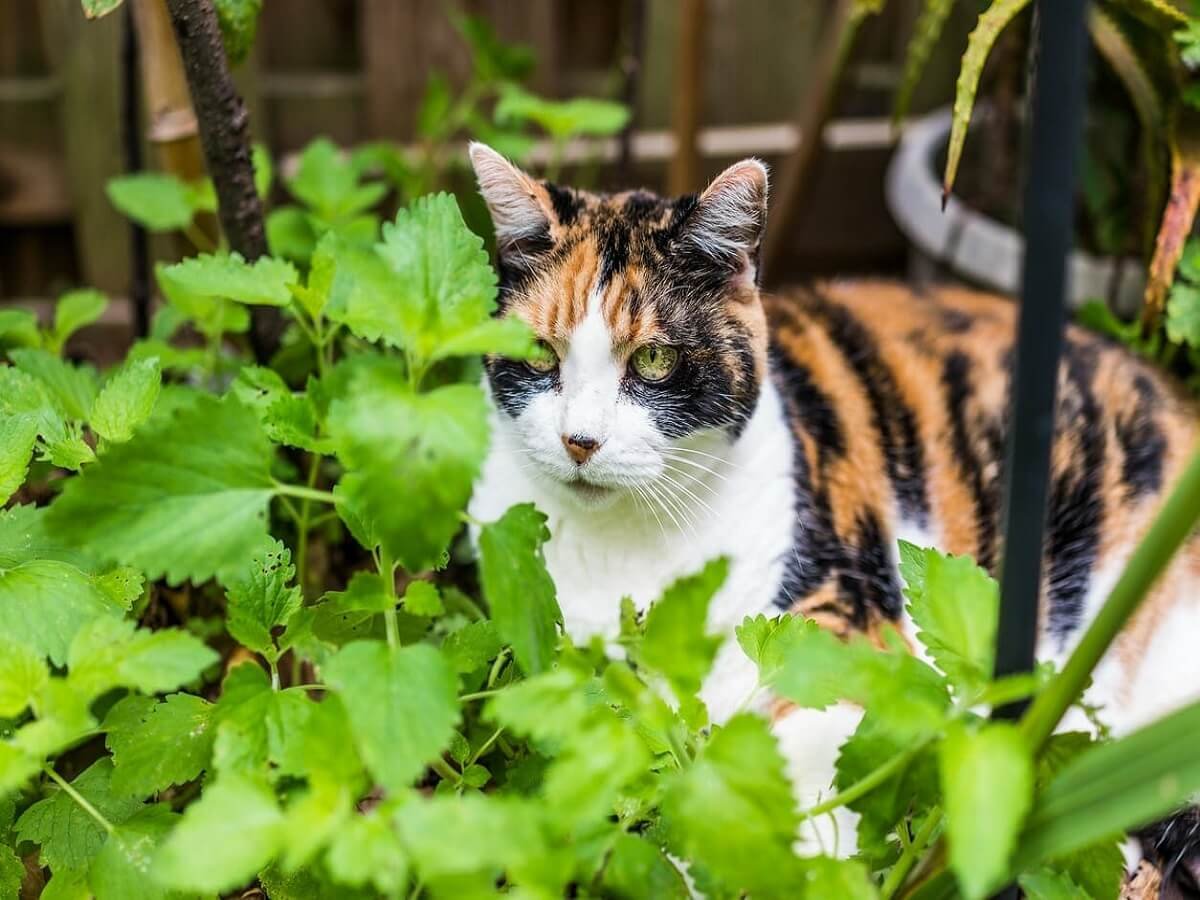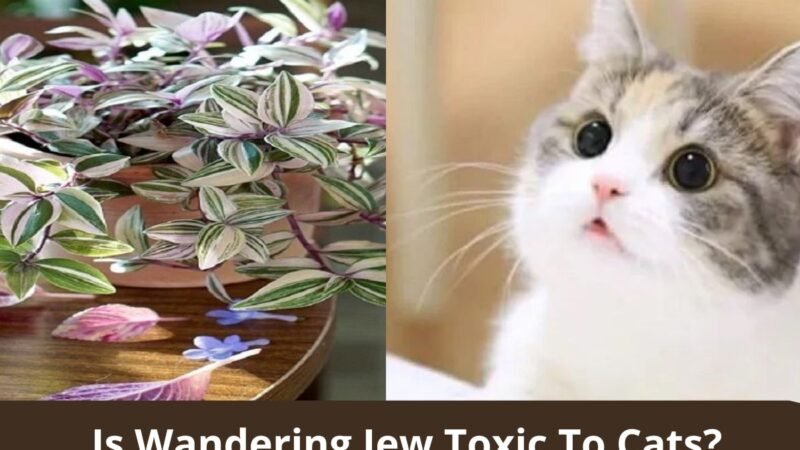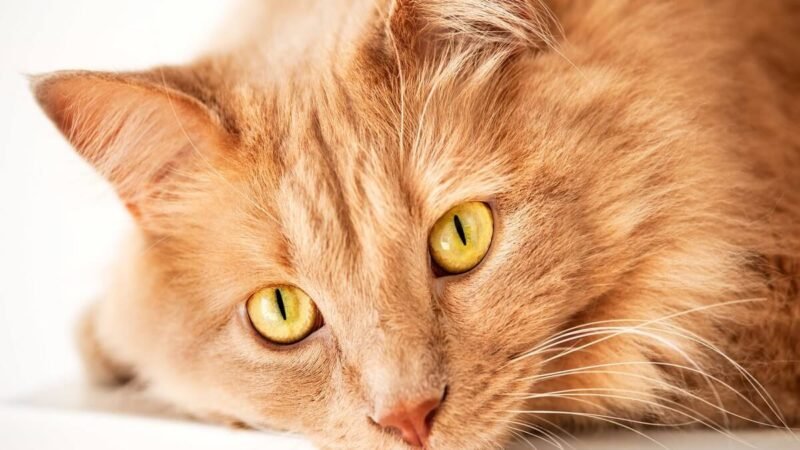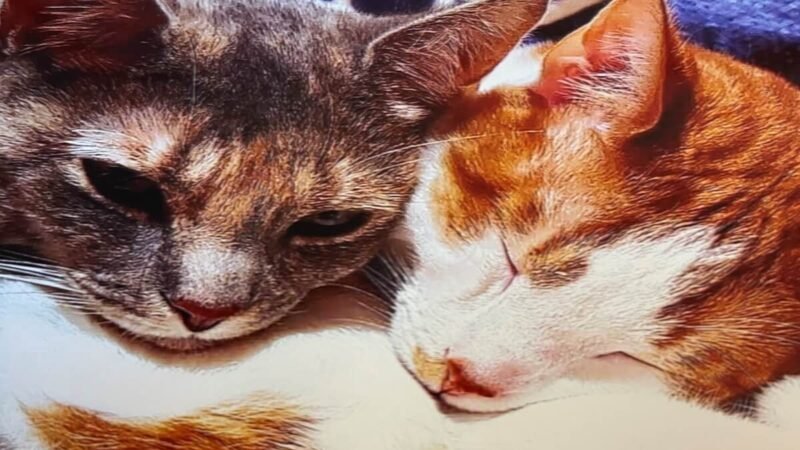Is Mint Safe for Fats?

The scientific name for mint plants is Mentha. They are in the family Lamiaceae. Because of their square stems, big leaves, and unique smell, they are easy to spot. A genus is a large group of plants. A mint genus is made up of many different species of plants that cats may react to in different ways.
Cats shouldn’t eat mint, though. The mint plant’s stem, flower, and leaves are all part of this. All mint plants have peppermint essential oils, which are dangerous for cats. Instead of mint, your cat can consume catmint, which is another term for catnip. Catmint is a plant that cats like to eat and that is safe for them to do so.
Cats rarely get sick from eating too much mint. Several species of the mint genus are dangerous to cats, but usually only when they eat a lot of them. If you want to find out more about what mint does to your cat, keep reading.
Read More: How Hot is Lightning
Table of Contents
What is Mint Poisoning?
Most mint plants have essential oils that can make you feel bad if you eat too much of them. Catmint and catnip are both types of mint that cats can safely eat. If you eat too much garden mint, it could upset your stomach. The essential oils in garden mint are also thought to relax the esophageal valve, which can make a sick cat more likely to throw up.
Some types of mint, like pennyroyal, can have very bad effects on the body, like killing the liver. Cats who already have liver, intestine, or bowel disease are more likely to have problems after eating mint. Cats with sensitive skin might get a rash if they touch mint.
Mint plants come in many different types. All of these plants belong to the Lamiaceae (or Sage) family. Most of the time, people use garden mint. This is the mint that is often cultivated for use as a culinary herb. Most mint plants have leaves that are wrinkly and grow in an egg shape. Mint has flowers that range in color from lavender to white and grow in clusters on stalks. All over the United States, different kinds of mint grow wild. The plant can grow to more than 3 feet tall, but it usually stays long and grows close to the ground.
What Are The Symptoms Of Poisoning?
Most of the time, these are the most common signs of mint poisoning:
- Diarrhea
- Committing
- Gastrointestinal upset
- Liver damage
- Central nervous system damage
- Headache
- Anaphylaxis
- Contact dermatitis
- Heartburns
- Cramps
- Vomiting
- Upset stomach
What Mint Plants Are Safe For Cats?
Everyone knows that cats like the way mint plants smell, but have you ever thought about how safe mint plants are for cats? If you’ve ever gone to a farmer’s market or plant nursery to buy fresh mint, you may have noticed that there are many different kinds of mint plants. If you’re like me, you’ve probably spent a long time in the herb section trying to decide between peppermint, spearmint, and lemon mint.
When it comes to being a good pet owner, one of the most important things we have to do is make sure our pets are in a healthy environment. This matters when choosing plants for the home garden because some plants are dangerous for our furry feline friends.
Is Mint Toxic To Cats, Or Safe For Cats?
The American Society for the Prevention of Cruelty to Animals (ASPCA) has put a mint on a list of plants that are dangerous to cats. Many cats will get mint poisoning if they are around or eat mint for a long time. Cats are very interested in these plants, mostly because they love catnip.
People think that all mints might be safe for their pets because cats like catnip, which is in the same family as mint. But mint is not the same as catnip. Most mint plants, like peppermint, have oils in them that cats can’t handle, like peppermint oil.
Most cats get sick from mint when they eat a lot of it or come in contact with essential oil or other concentrated forms of mint. Keep in mind that not all cats react the same way to mint. Cats have different reactions to garden mint, just like people have different ways of handling and reacting to spicy foods.
Read More: How Doxycycline Ruined My Life
Toxic Mint Plants
Mint plants, which have a “minty” smell and taste and are often used in cooking or as decorations, are poisonous to cats. The essential oils in these mint plants are bad for cats’ health. There are many kinds of mint plants, but they all belong to the same family, the Sage family.
Garden Mint is the most common type. This type can be found in both herb gardens and flower gardens. Garden mint has wrinkled, oval-shaped leaves that look like they are covered in tiny white hairs. This is a flowering plant with clusters of purple or white flowers.
Some kinds of mint grow wild in the U.S., and you can find them almost anywhere. These wild plants can cover the ground or grow up to three feet tall in areas with a lot of other plants.
Diagnosis Of Mint Poisoning In Cats
If a cat has been around mint or if it is thought that a cat has eaten mint, a vet should be called right away. As with any kind of toxicity, it’s important to treat it right away.
If you can, bring the cat and the plant that it ate or was in contact with to the vet. This will make it much easier to find the person and help with the diagnosis and treatment. Make sure to write down if the plant was treated with any chemicals, fertilizers, baits, or other products. Most of the time, it’s not the plant that made the cat sick, but a chemical on the plant that they ate. If this kind of chemical was used, take the cat and the bottle to the vet.
The Difference Between Mint and Catnip
You might think your cat is crazy about your mint garden. That’s a good chance, since mint and catnip, a plant cats love, look a lot alike. Catnip or catmint smells like most other mint plants because they are in the same family. Most cats love catnip, but not all of them do. Some cats feel like they’re on drugs when they eat it. Sadly, their hopes of finding their favorite catnip often lead them to mint, which looks the most like it.
You might be wondering if garden mint has the same effect on your cat as catnip. Yes, that’s the answer. Catnip and mint both have nepetalactone, which is what makes cats go crazy. Your cat can get this from both living and dead plants, as well as the oil extracts. Because of this, it may be hard to keep your cat from eating the mint plant on your window sill.
How Can Cats Enjoy Mint Safely?
You should always remember that both garden mint and catnip are on the ASPCA’s list of plants that are dangerous for cats. Still, catnip won’t hurt all cats. Talk to your vet about the safety risks of giving catnip to your specific cat.
If your vet says it’s okay for your cat to play with catnip, you should keep taking the right safety measures. You should always be in charge of your cat’s environment if you are a responsible pet owner.
Never give your cat a large amount of catnip to eat. Instead of giving your catnip as a plant in a pot, you could let it play with toys that have catnip hidden inside. This way, your cat can enjoy how the plant smells without being tempted to eat it.
You might also want to see what else is available at the pet store. Some cat toys have an artificial mint smell, which might be a safer choice if you just can’t resist giving your cat a minty toy.
Are Foods With Mint Safe for Cats?
You might think that adding mint to other foods will make them safer, but that’s not the case. To keep your cat safe, you should keep all kinds of mint away from them. If you want to keep it around the house, it might be best to put it somewhere your cat can’t get to.
Read More: What Happens if Cats are Left in a Dark House
Recovery of Mint Poisoning in Cats
The vast majority of cats who eat too much mint will be fine afterward. If the cat’s liver has been hurt, this could cause health problems that won’t go away. Because mint plants are so common, it might be a good idea to learn about the ones that grow naturally in your area, paying special attention to any that are known to be poisonous.
It’s important to know that mint essential oils are too strong to use on cats and should never be given as medicine. Keep any potted mint plants out of reach of your cat so it doesn’t eat them. You might also want to keep your cat inside to keep it away from any poisonous plants that might grow in nearby gardens and other places.
If you have to pay out of pocket to treat mint poisoning, it can be a huge financial burden. Most pet insurance companies pay out claims within three days, which means you get 90% of the cost back. Looking for pet insurance? Compare the best pet insurance plans from the top companies to find the right one for your pet.
Conclusion
The best way to keep your cat from getting sick from mint is to learn how to spot mint plants and make a map of where your cat might find them.
The next best thing to do is to remember the scientific name for catnip (nepeta cataria). If you want to get catnip for your cat, instead of buying toys that already have it in them (which would be the safest choice), make sure to only buy catnip that says “nepeta cataria” on the label. You can’t expect everyone to know the difference between garden mint and catmint.
Frequently Asked Question (FAQs) about Is Mint Safe for Fats?
Can the smell of mint hurt cats?
They usually have a strong smell and are the main ingredient in essential oils like peppermint oil. Without the enzymes needed to break down the phenols in peppermint oil, cats can: Liver damage. Having trouble breathing.
Is mint safe for pets?
One or two fresh, plain mint leaves a day are safe for dogs to eat. But giving your dog too many mint leaves can make its stomach upset.
Why are cats attracted to mint?
Peppermint is probably the smell of mint that you know best. Some cats don’t like the smell of peppermint, and for good reason: it contains salicylate, which is also found in aspirin and is poisonous to cats. Peppermint attracts other cats because it has chemicals that are like nepetalactone.
What happens if cats smell peppermint?
Your cat may have trouble breathing, a faster heartbeat, and aspiration pneumonia just from smelling the scent. Peppermint oil has phenols and phenolic compounds, just like many other essential oils. Whether they breathe them in or eat them, cats are very sensitive to phenols.
What smell do cats hate?
Cats are usually very sensitive to smells, but there are a few smells they hate that might surprise you. They can’t stand the smell of citrus, and even though you might like the smell of rosemary and thyme, cats hate them. The same goes for bananas, mustard, lavender, and eucalyptus.
What type of mint is safe for cats?
Catmint and catnip are both types of mint that cats can safely eat. If you eat too much garden mint, it could upset your stomach. The essential oils in garden mint are also thought to relax the esophageal valve, which can make a sick cat more likely to throw up.
Do mint plants keep cats away?
Peppermint (Mentha piperita) may seem like a good way to keep stray cats away because of its strong smell and ability to spread, but it is not known to hurt cats.





